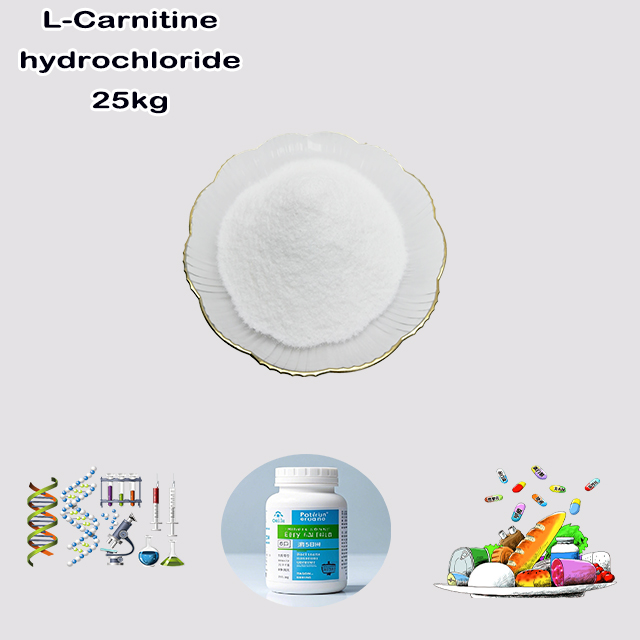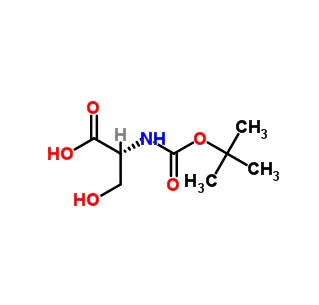
Search

Search

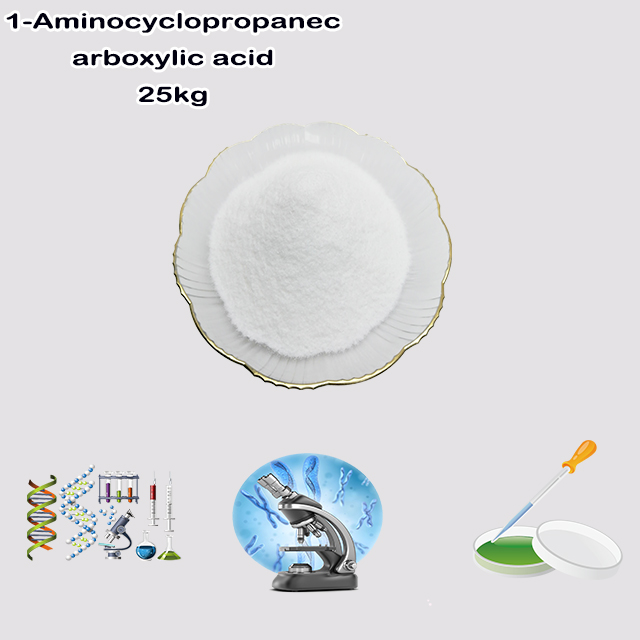


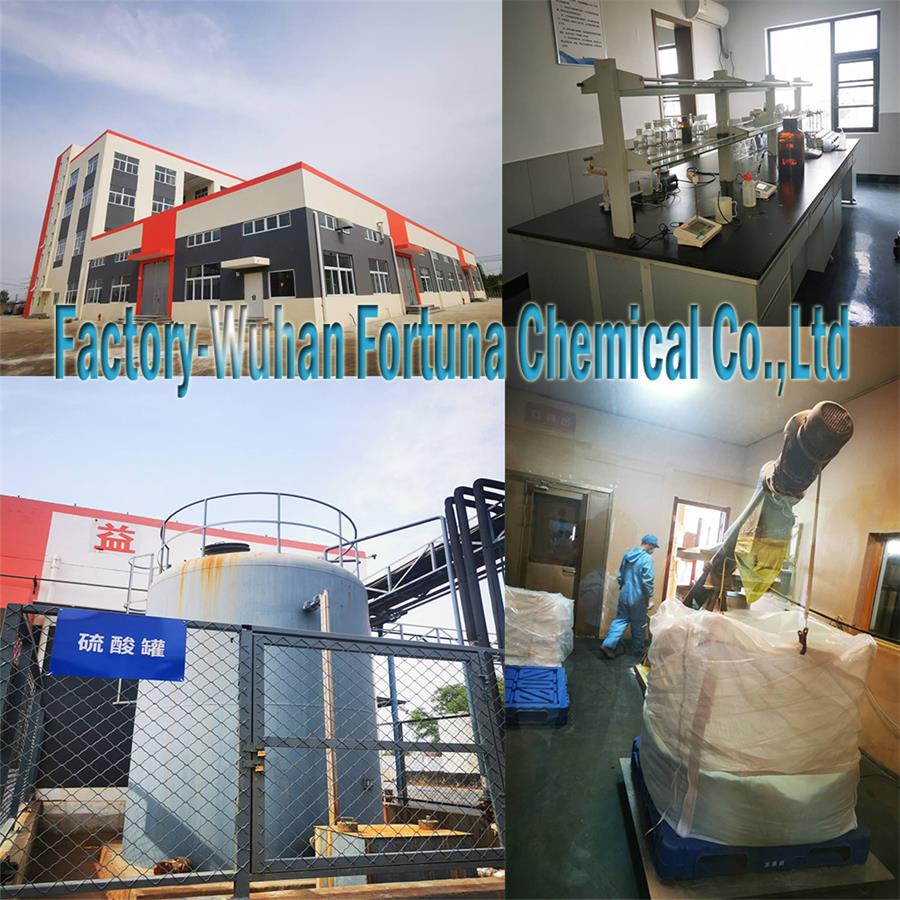






Chemical formula: C₄H₇NO₂
Molecular weight: 101.10 g/mol
Physical state: Usually exists as a white crystalline solid, soluble in water.
Natural occurrence: Widely present in plants, serving as the direct precursor of the plant hormone ethylene.
Plant physiology research: As the immediate precursor of ethylene, it is widely used to study ethylene biosynthesis pathways and ethylene's regulatory roles in plant growth (e.g., fruit ripening, flower senescence, stress responses).
Agricultural application: Externally applied ACC can induce ethylene production in plants, used to promote fruit ripening (e.g., tomatoes, bananas), regulate flower blooming periods, and enhance plants' resistance to environmental stresses (e.g., drought, salinity).
Biochemical synthesis: Serves as a building block in organic synthesis, used to prepare ethylene-releasing agents, plant growth regulators, or pharmaceutical intermediates.
Biological research tools: Used to study the mechanism of ethylene action in plants and screen for ethylene biosynthesis inhibitors or activators.
1-Aminocyclopropanecarboxylic acid, commonly abbreviated as ACC, is a rare, non-proteinogenic amino acid. This means it is not one of the standard 20 amino acids used by cells to build proteins.
Its key structural feature is the cyclopropane ring, a three-membered carbon ring, to which both the amino (-NH₂) and carboxylic acid (-COOH) functional groups are attached. This small, strained ring gives ACC unique chemical and conformational properties.
ACC is far from just a chemical curiosity; it plays crucial roles in both nature and scientific research.
This is the most significant and well-studied role of ACC.
The Pathway: In plants, the hormone ethylene is synthesized via a well-defined pathway:
Methionine → SAM: The amino acid methionine is converted to S-adenosyl-L-methionine (SAM).
SAM → ACC: The enzyme ACC synthase (ACS) converts SAM into ACC. This is the rate-limiting, key regulatory step in ethylene production.
ACC → Ethylene: The enzyme ACC oxidase (ACO) then converts ACC into ethylene.
Why This is Important: Because ACC is the immediate precursor, its levels directly control the production of ethylene. Ethylene is a crucial plant hormone that regulates:
Fruit Ripening: The "climacteric" ripening of fruits like bananas, tomatoes, and apples is triggered by a burst of ethylene production.
Senescence: The aging and wilting of leaves and flowers (leaf abscission).
Triple Response: Seedlings growing in the dark exhibit a specific shape (short, thick stem, exaggerated apical hook) to navigate around soil obstacles.
Stress Response: Plants produce ethylene in response to stresses like drought, flooding, pathogen attack, and mechanical wounding.
Because of its role as the ethylene precursor, ACC is an invaluable tool for scientists:
Inducing Ethylene Responses: Researchers can apply ACC exogenously (to the plant) to artificially induce ethylene production and study its effects on growth, development, and stress responses.
Studying Enzyme Regulation: By applying ACC and measuring ethylene output, scientists can study the activity and regulation of the enzymes ACS and ACO.
Genetic Studies: It is used to screen for and characterize plant mutants that are altered in their ethylene signaling or biosynthesis pathways (e.g., ethylene-insensitive mutants).
The rigid, strained cyclopropane ring of ACC makes it a very interesting building block for designing synthetic peptides and potential drugs.
Conformational Restriction: When incorporated into a peptide chain, the ACC residue introduces a very specific, rigid bend or twist. This helps to "lock" the peptide into a particular 3D shape.
Probing Structure-Activity Relationships: By constraining the peptide's conformation, researchers can determine which shape is biologically active. This is crucial for designing potent and selective enzyme inhibitors, receptor agonists/antagonists, and other pharmaceutical agents.
Peptide Mimetics: ACC is used to create peptidomimetics—molecules that mimic the structure and function of natural peptides but are more stable against degradation in the body.
Neurological Research: Some studies have explored the effects of ACC on neurotransmitter systems because it is a structural analogue of other amino acids that affect the nervous system (e.g., it is a weak NMDA receptor agonist). However, this is a more specialized area of research.
| Use Category | Specific Role | Key Implication |
|---|---|---|
| Plant Physiology | Direct biosynthetic precursor to the ethylene hormone. | Controls fruit ripening, senescence, and stress responses. |
| Plant Science Research | Exogenous tool to induce and study ethylene pathways. | Helps understand plant development, signaling, and genetics. |
| Medicinal Chemistry | A rigid, non-proteinogenic amino acid for peptide design. | Used to create constrained peptides and peptidomimetics for drug discovery. |
In conclusion, 1-Aminocyclopropanecarboxylic acid (ACC) is a simple molecule with profound importance. It sits at the heart of the plant ethylene signaling system, governing processes from the ripening of the fruit on your counter to how a plant survives a flood, while also serving as a sophisticated tool for chemists designing new molecules.


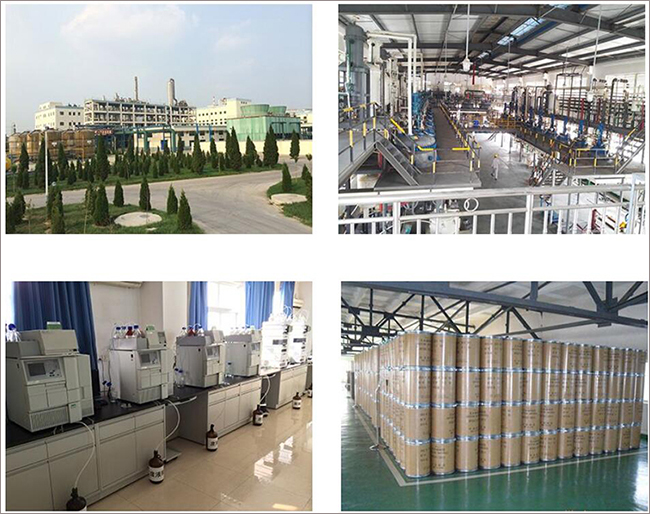

Fortunachem Provides Not Only Professional Chemical Products But Also Professional Help
Keeping you up-to-date with all the latest information, news, and events about Fortunachem!

Quick Links
Add:
E-mail:
 English
English  Español
Español  français
français  العربية
العربية 
